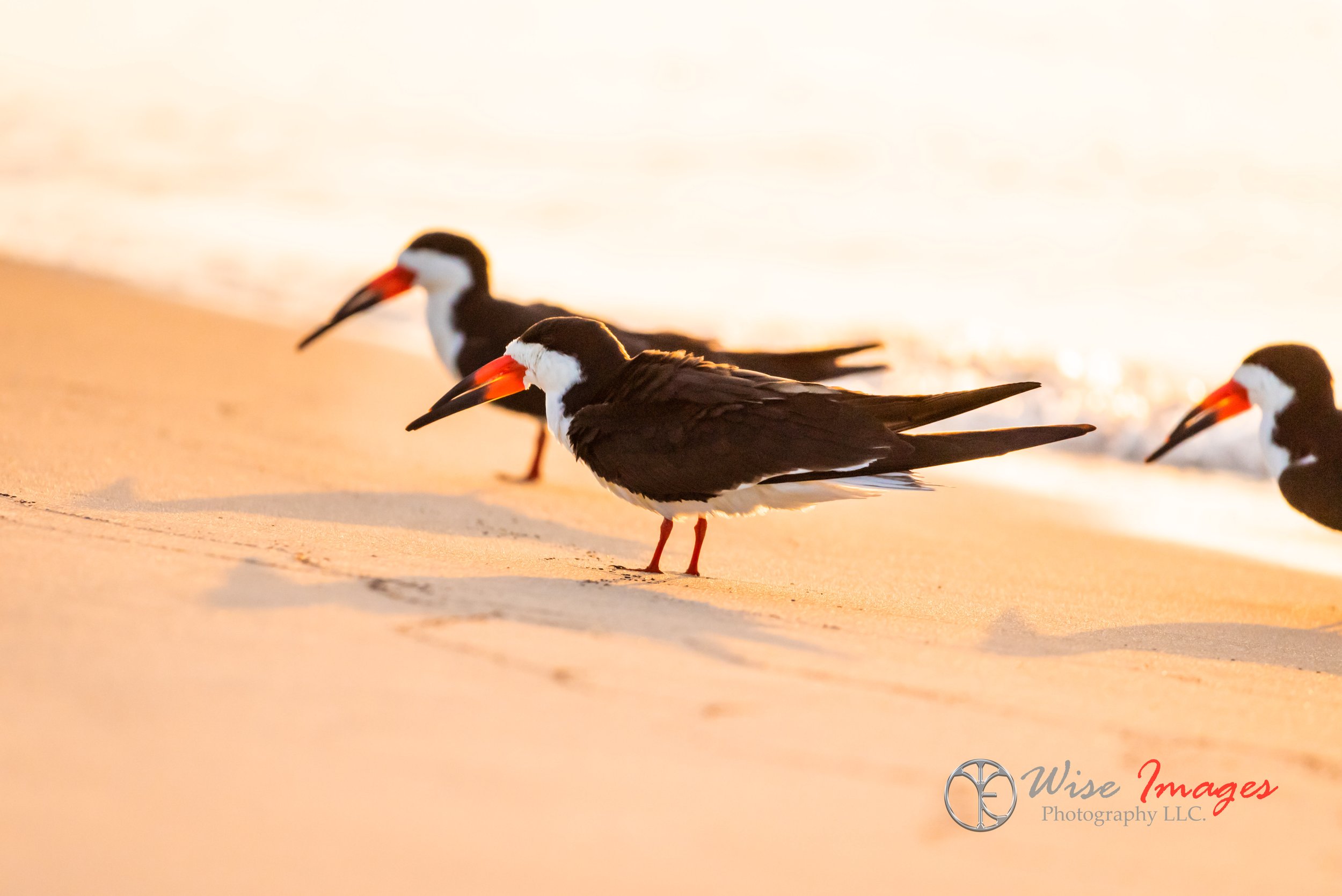5 Types of Light for Photography Part 2
In today’s blog we will talk about lighting. It is both a crucial and complicated topic in the subject of photography which means writing with light. A photographer needs to think about what they will and won’t add to the scene. We use light and shadows to shape our image!
Blue/Twilight Hour
Blue Light Hour is really not an hour. It is about a 15 minute window and depending on how close you are to the equator or poles this can change the length of this time period. You will have to move fast to catch this low contrast lighting with gorgeous soft pinks, blues, and light oranges in the sky. This time period will have a low contrast blue hue across the scene. This is the time period when the sun is just below the horizon.
Golden Hour
The Golden Hour is the time shortly after sunrise or before the sunset and called the “magic hour”. Videographers and photographers call this the magic hour because this is the time of fabulous light! The sun is low in the sky casting a nice even diffused light with stunning gold casts. This time makes shadows more pleasing because they aren’t as deep as during high noon and you are less likely to have blown out highlights. In general, more people are drawn to the warmer images over colder images.
High Noon
High noon is when the sun is directly above your subject or very high in the sky around the time period of noon! This will create harsh, unflattering shadows. When you are photographing animals/humans you can give them racoon eyes. Your subjects will often be squinting because they won’t be able to see. You can use scrims (diffusers) or a shaded area to diffuse the light if you have to shoot at this time for portraits. This time is great for getting creative with the use of shadows for the outline of buildings or a shadow effect as an example.
Overcast
An overcast day is like shooting with a huge soft box. The clouds are covering the sky which diffuses the light allowing you to photograph all day long. It will give you softer shadows and keeps you from clipping your highlights. It will also give you more shadow detail. It is not ideal if you were looking for a bright blue sky in your image!
Backlight and Rim Lighting
Backlighting is when the light source is behind the subject. This is great for creating silhouette images. This is often an artistic form of lighting completed during the Golden Hour. When shooting during this time, make sure you have well defined images of the image you are silhouetting.
Rim Lighting is when the light source is off to the side of a subject from behind. This is used to separate the subject from the background.
Have you been wanting to learn more about photography? Reach out today and let’s see how I can get you out of automatic mode and create the images you want to create! Reach out at 321-765-WISE (9473) or kt@wiseimagesphotography.com






